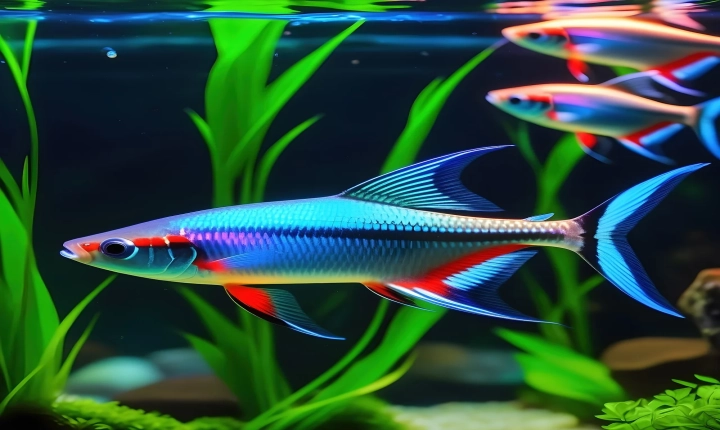Title: How to AI a Goat: A Step-By-Step Guide for Farmers
Artificial insemination (AI) is a widely used method for goat breeding, allowing farmers to bring genetics from superior sires into their herd without the need for physical contact between the male and female goats. AI offers a range of benefits, including the ability to improve the overall quality of the herd, reduce disease transmission, and optimize breeding programs. For goat farmers interested in incorporating AI into their breeding practices, here is a step-by-step guide for successfully AI-ing a goat.
1. Selecting the Right Genetics:
Before initiating the AI process, it’s crucial to choose the appropriate genetics for the desired breeding outcome. This involves identifying superior sires with desirable traits such as milk production, growth rates, or disease resistance. The selection of high-quality semen is a critical step in ensuring successful AI and improving the genetic potential of your herd.
2. Preparing the Doe:
To increase the success rate of AI, it’s essential to properly prepare the female goats for the procedure. This involves ensuring that the does are healthy, free from any reproductive diseases, and are in the proper stage of their estrous cycle. It’s also important to manage their nutrition and monitor their body condition to ensure they are in optimal breeding condition.
3. Synchronization of Estrus:
Synchronizing the estrus cycle of the does simplifies the AI process by ensuring that multiple does are in heat simultaneously. This increases the efficiency of the procedure and helps in managing the breeding schedule more effectively. Various methods are available for synchronizing estrus, including the use of hormonal treatments under veterinary supervision.
4. Semen Collection and Storage:
High-quality semen from selected sires must be obtained from a reliable source, such as a reputable semen bank or livestock genetics company. The semen should be properly collected and stored under the recommended conditions to maintain its viability and fertility. Farmers should ensure that the semen is free from contaminants and has suitable motility and concentration levels for successful insemination.
5. AI Procedure:
The actual AI procedure involves introducing the prepared semen into the reproductive tract of the doe at the optimal time in her estrous cycle. This process can be performed by a trained professional or a veterinarian to ensure proper technique and minimize the risk of injury or infection. Precise timing, proper sanitation, and gentle handling are essential elements of a successful AI procedure.
6. Post-Insemination Care:
After the AI procedure, it’s important to provide proper post-insemination care to the does. This includes monitoring their health, providing appropriate nutrition, and minimizing stress to increase the chances of conception. A follow-up program for heat detection and pregnancy diagnosis is necessary to confirm the success of the AI and to facilitate further breeding decisions.
7. Record Keeping and Evaluation:
Maintaining detailed records of the AI process, including the date of insemination, the source of semen, and the outcome of the procedure, is crucial for effective herd management and breeding program evaluation. These records help farmers track the performance of individual does, assess the success rates of AI, and make informed decisions for future breeding endeavors.
In conclusion, artificial insemination is a valuable tool for goat farmers seeking to improve the genetic potential of their herds and optimize breeding outcomes. By following these steps and seeking professional assistance when needed, farmers can effectively incorporate AI into their breeding practices and achieve their desired breeding goals. Additionally, continuous learning, proper management, and attention to detail are essential for achieving success in AI-ing goats and ultimately improving the overall productivity and profitability of the goat farming enterprise.
